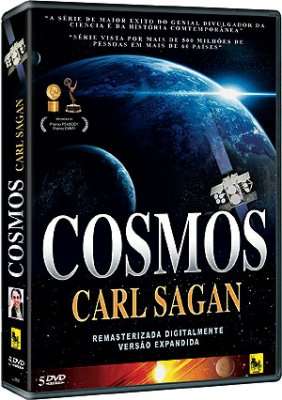
However there are still many mysteries that we haven't solved, for example, we suspect there are other forms of matter and energy out there that we still can't even comprehend-and we resort to call them “dark” 3. Nonetheless, we are clever creatures, and we have learned a great deal about the Cosmos-despite the astronomical distances. It has been 400 years since Galileo first saw Venus through his telescope, and since then, we have already observed and identified tons of celestial bodies-such as red giants, white dwarfs, nebulae, pulsars, you name it! Objects that are so big and so far away that we can but observe in wonder. We really are isolated here in our little “pale blue dot” (as Carl used to call Earth), but we have been slowly teaching ourselves the Cosmos through observation.

But if you read the caption you will understand why it is SO hard to depict this in a picture. Note: The image below is a terrible representation of the distances between stars.

This means that light-the fastest thing there is-would take 4.2 years to get from Proxima Centauri to the Sun 1. This star happens to be about 4.2 light years away from its nearest neighbor (Proxima Centauri). So you might want to check out the new Cosmos series with Neil de Grasse Tyson after reading this, it will give you a much better ground before going down the rabbit hole that this book is.īut if you’re still reading, we can start with the age of the Earth: 4.5 billion years old-and since it’s creation, it has been revolving around a single lonely star which we call the Sun.

Things like a lightyear, or a million years can get very easily lost in words. That may seem like a long time for most of us but the universe has existed for 13.8 billion years!!! That is 13,800,000,000 years! This is such a hard concept to grasp-Big numbers like this don’t really mean much to most people.įor this reason, I must add a little disclaimer here, because my summary might miss a lot of the impact that is captured so well in the book.

Our civilization has thrived only for a couple thousand years. He starts by pointing out how small we are in the grand scheme of the Cosmos. Not the actual chapter title… Carl’s titles are much more eloquent and descriptive-but, I would like to simplify them a little bitįrom the beginning Carl really puts things in perspective.


 0 kommentar(er)
0 kommentar(er)
